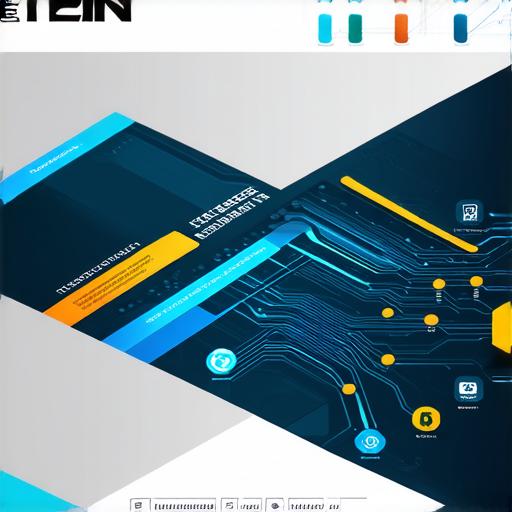Introduction:
Blockchain technology is one of the most disruptive innovations of our time. It has the potential to revolutionize various industries such as finance, healthcare, and supply chain management.
What is Blockchain?
A blockchain is a distributed database that stores information in blocks that are encrypted and linked together using cryptography. Each block contains a record of multiple transactions, which are verified by a network of nodes before being added to the chain. Once a block is added, it cannot be altered or deleted, making the information stored on the blockchain tamper-proof.
How does Blockchain work?
The working of a blockchain can be broken down into three main components: the ledger, the consensus mechanism, and the nodes. The ledger is the distributed database that stores all the transaction data. The consensus mechanism is responsible for verifying each transaction and adding it to the blockchain. Nodes are the computers or devices that participate in the network by validating transactions and maintaining the integrity of the blockchain.
Benefits of Blockchain Technology:
Blockchain technology offers several benefits that make it an attractive option for various industries. Some of these benefits include:
- Decentralization: The blockchain is decentralized, meaning there is no central authority controlling it. This makes the system more secure and resistant to tampering or hacking.
- Transparency: All the information stored on the blockchain is transparent and can be accessed by anyone with an internet connection. This increases trust in the system and reduces the need for intermediaries.
- Immutability: Once a transaction has been added to the blockchain, it cannot be altered or deleted. This ensures that the information stored on the blockchain is tamper-proof and secure.
- Cost savings: Blockchain technology eliminates the need for intermediaries, reducing costs associated with traditional systems such as banks and brokers.
- Increased efficiency: The decentralized nature of the blockchain means that transactions can be processed faster and more efficiently, reducing wait times and increasing productivity.
Use Cases for Blockchain Technology:
Blockchain technology has a wide range of potential use cases across various industries. Some examples include:
- Finance: Blockchain technology can be used to create secure and transparent payment systems, such as cryptocurrencies and smart contracts. This reduces the need for intermediaries and increases efficiency in financial transactions.
- Healthcare: Blockchain technology can be used to store and manage patient data securely, reducing the risk of medical identity theft and ensuring that patients have control over their own data.
- Supply Chain Management: Blockchain technology can be used to track the origin and movement of goods throughout the supply chain, reducing fraud and improving transparency and efficiency.
- Voting systems: Blockchain technology can be used to create secure and transparent voting systems, reducing the risk of tampering and increasing trust in the electoral process.

Conclusion:
Blockchain technology is a game-changer that has the potential to disrupt various industries and change the way we interact with each other. As a developer, it’s essential to understand the underlying principles of blockchain technology and how it works. By doing so, you can leverage its benefits and create innovative solutions that solve real-world problems.
